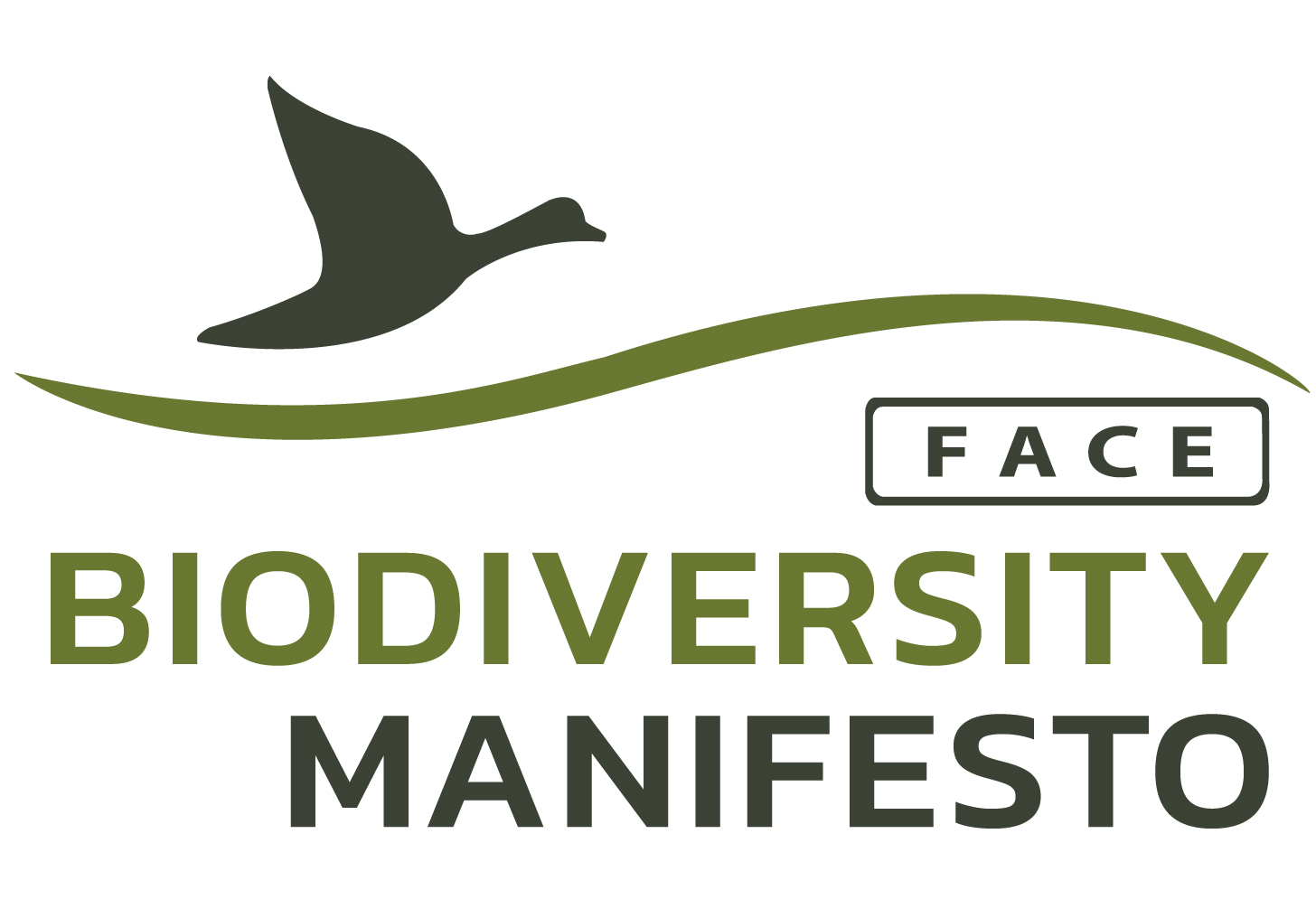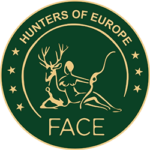In Macedo de Cavaleiros, a town in the north of Portugal, the Hunters Association of Grijó and Vilar do Monte has been leading a pioneer project to better understand and conserve the Roe deer (Capreolus capreolus). The project consists of a fenced area of 35 ha, where Roe deer are being monitored since 2007. The Association has joined strengths with the University of Trás-os-Montes and Alto Douro and the Polytechnic Institute of Bragança, two academic institutions responsible for turning this place into a natural lab focused on Roe deer needs and ecology.
As an example of the project’s success, since its beginning more than 40 animals have been born in the fenced area. After growing up, these animals are being used to reintroduction actions or to reinforce the Roe deer population in other regions to support conservative work being done with other species.
The Roe deer is a deer species spreading in Portugal holding a key role for the Portuguese large carnivores. However, in the past its population wasn’t so abundant in the country. A good understanding of Roe deer and how to manage them is essential to maintain the increasing trend of the species, which could have a positive impact on Iberian Wolf populations, expanding the wolf habitat and diminishing the conflicts between wolves and farmers once the Roe deer is the most frequent prey species of the Portuguese Iberian Wolf (Figueiredo et al., 2020). It has been shown that, where there is no well-established roe deer population, Iberian wolves’ predation over livestock increases, which reduces the social acceptance to this predator and increases the number of non-natural deaths (Torres et al., 2015).
POLICY RELEVANCE
The work made by the Hunters Association of Grijó and Vilar do Monte in favor of the Roe deer is not limited to this small ungulate. Other species, in particular large carnivores like the wolf, take profit of this work as well. A better understanding of the needs and the ecology of the Roe deer provides knowledge allowing to help Roe deer populations and consequently its predators, increasing their abundance and distribution. This is one more example of how hunters are making a significant work in favor of preys and large carnivores, as recognized by organizations such as the IUCN LCIE (Large Carnivore Initiative for Europe), the Bern Convention, and the EU’s Large Carnivore Platform.
Hunters’ actions are helping to conserve huntable and non-huntable species, contributing to a future thriving wildlife and biodiversity all over Europe.
Furthermore, in a partnership between the Hunters Association of Grijó and Vilar do Monte and the Institute for Nature and Forest Conservation (ICNF) an Iberian Lynx has been added to the fenced area for a certain period to be monitored by this institute.
This project has an important pedagogic side for the academic institutions as well. Every year, a capture action is carried out by students in the project’s area to control and study the health and welfare of animals and to collect samples and data from the Roe deer. This allows students to get contact with wild animals and do proximity research projects about Roe deer. Some educational activities are also being done with local schools and interested people. These groups can visit the fenced area and have the opportunity to learn and see a Roe deer.
The project area is continuously monitored through trail cameras offered by the Safari Club International. These cameras allow researchers to observe and study Roe deer behaviors all the time without interfere or disturb this shy species.
Source
[1] Cacadores criaram com o corco um lòaboratorio natural em macedo de cavaleiros
[2] Figueiredo, A. M., Valente, A. M., Barros, T., Carvalho, J., Silva, D. A. M., Fonseca, C., de Carvalho, L. M., & Torres, R. T. (2020). What does the Wolf eat? Assessing the diet of the endangered Iberian Wolf (Canis lupus signatus) in northeast Portugal. PLoS ONE, 15(3). https://doi.org/10.1371/journal.pone.0230433
[3] Torres, R. T., Silva, N., Brotas, G., & Fonseca, C. (2015). To eat or not to eat? The diet of the endangered Iberian Wolf (Canis lupus signatus) in a human-dominated landscape in central Portugal. PLoS ONE, 10(6). https://doi.org/10.1371/journal.pone.0129379

